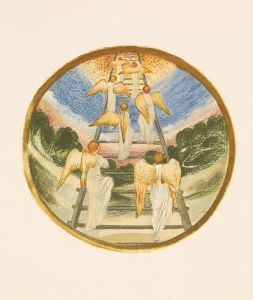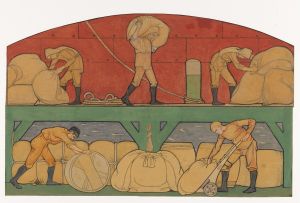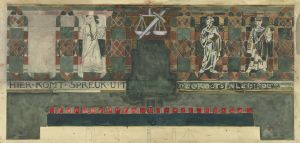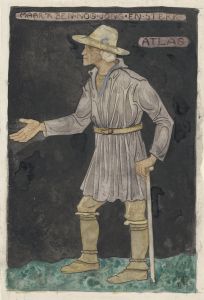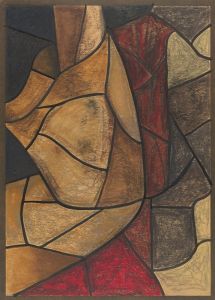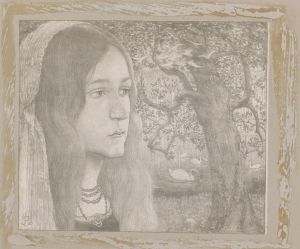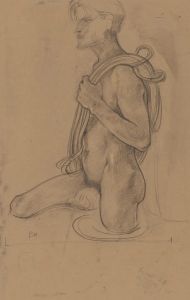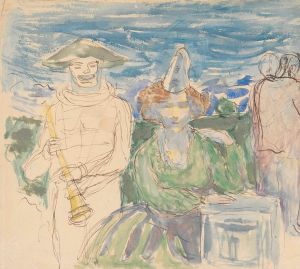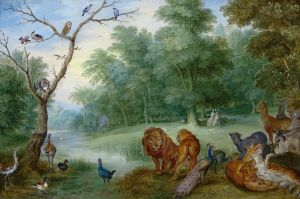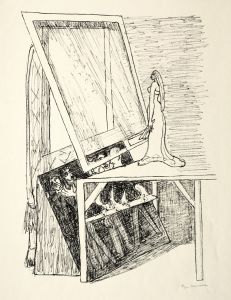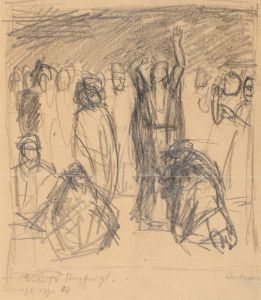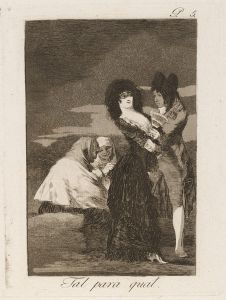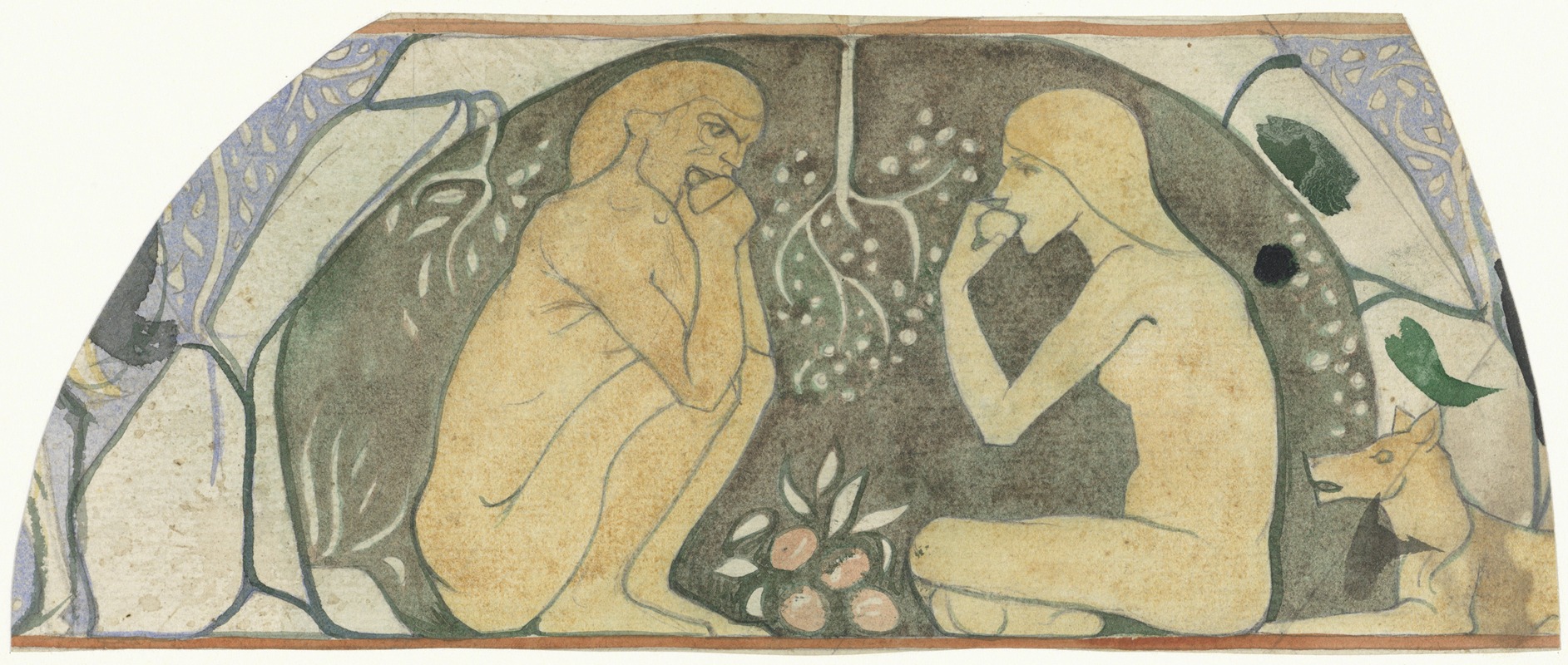
Adam en Eva
A hand-painted replica of Richard Nicolaüs Roland Holst’s masterpiece Adam en Eva, meticulously crafted by professional artists to capture the true essence of the original. Each piece is created with museum-quality canvas and rare mineral pigments, carefully painted by experienced artists with delicate brushstrokes and rich, layered colors to perfectly recreate the texture of the original artwork. Unlike machine-printed reproductions, this hand-painted version brings the painting to life, infused with the artist’s emotions and skill in every stroke. Whether for personal collection or home decoration, it instantly elevates the artistic atmosphere of any space.
Richard Nicolaüs Roland Holst was a Dutch artist known for his contributions to the Symbolist movement in the late 19th and early 20th centuries. He was born on December 4, 1868, in Amsterdam and became a prominent figure in the Dutch art scene. Roland Holst was not only a painter but also a designer and a writer, deeply involved in the artistic and cultural developments of his time.
One of his notable works is "Adam en Eva" (Adam and Eve), which reflects his engagement with Symbolism, a movement characterized by the use of symbolic imagery to convey deeper meanings and emotions. Symbolism often drew on themes from mythology, religion, and literature, exploring the human condition and the spiritual aspects of life.
"Adam en Eva" is an artwork that exemplifies Roland Holst's interest in these themes. The painting depicts the biblical figures of Adam and Eve, a subject that has been a popular motif in art history, symbolizing the origins of humanity and the themes of temptation, innocence, and the fall from grace. Roland Holst's interpretation of this subject would likely have been influenced by his Symbolist leanings, focusing on the allegorical and metaphorical aspects of the story rather than a literal representation.
Roland Holst was part of a broader artistic movement in the Netherlands that sought to integrate art with social and spiritual ideals. He was associated with the "Tachtigers," a group of artists and writers who aimed to bring about a cultural renewal in the Netherlands. This group was characterized by its opposition to the prevailing academic standards and its embrace of more expressive and innovative forms of art.
In addition to his painting, Roland Holst was involved in various artistic disciplines, including book design and mural painting. He was a member of the "Arbeiders Jeugd Centrale" (Workers' Youth League) and was committed to using art as a means of social engagement and transformation. His work often reflected his socialist ideals and his belief in the power of art to inspire and educate.
Roland Holst's contributions to Dutch art were significant, and his influence extended beyond his own work. He was married to the poet and writer Henriette Roland Holst, and together they were prominent figures in the cultural and political life of the Netherlands. Their collaboration and shared ideals helped shape the intellectual and artistic landscape of their time.
While specific details about "Adam en Eva" may not be extensively documented, the painting is an example of Roland Holst's broader artistic vision and his commitment to exploring complex themes through his art. His work remains an important part of the Dutch Symbolist movement and continues to be studied and appreciated for its depth and artistic innovation.





